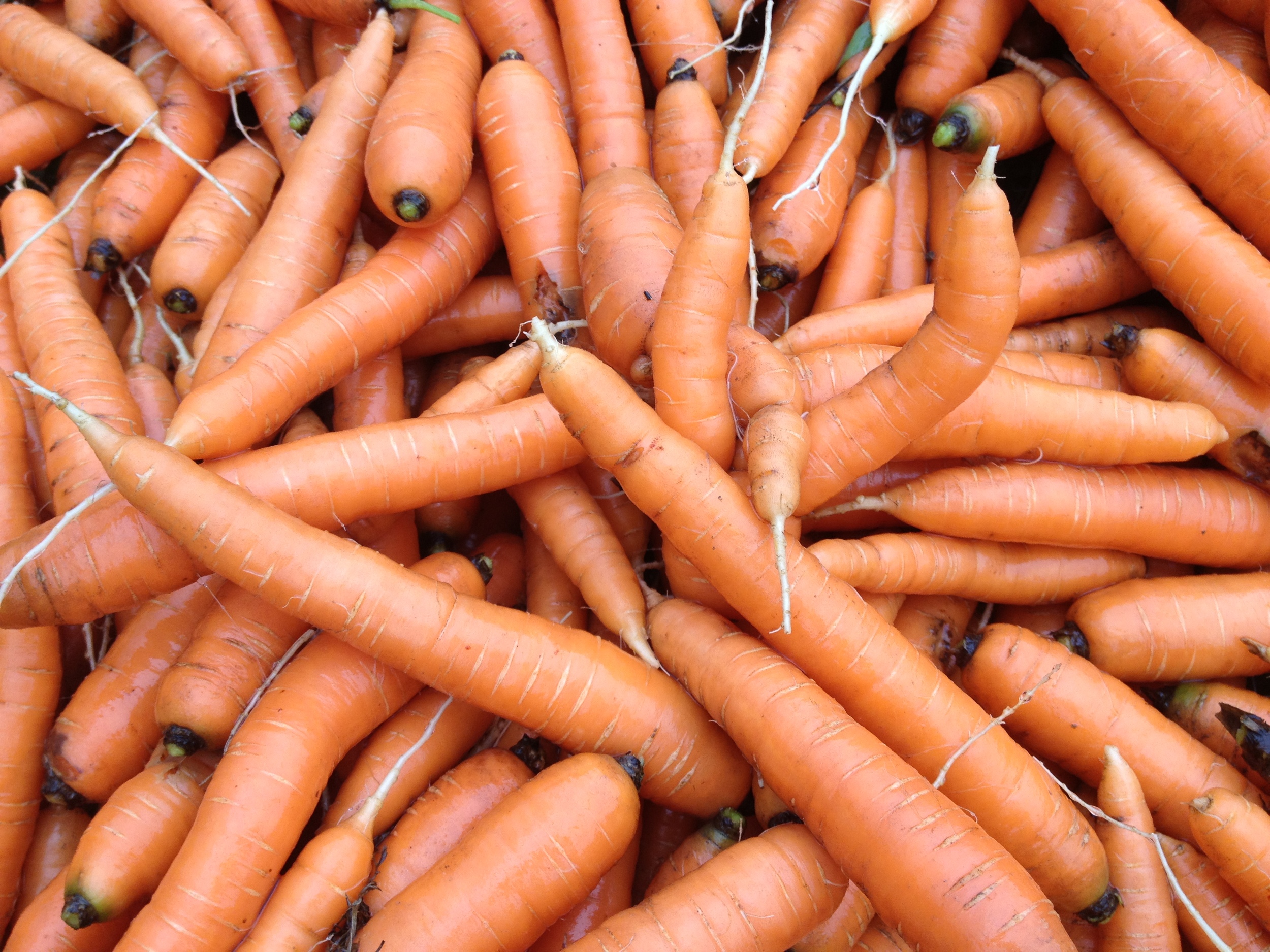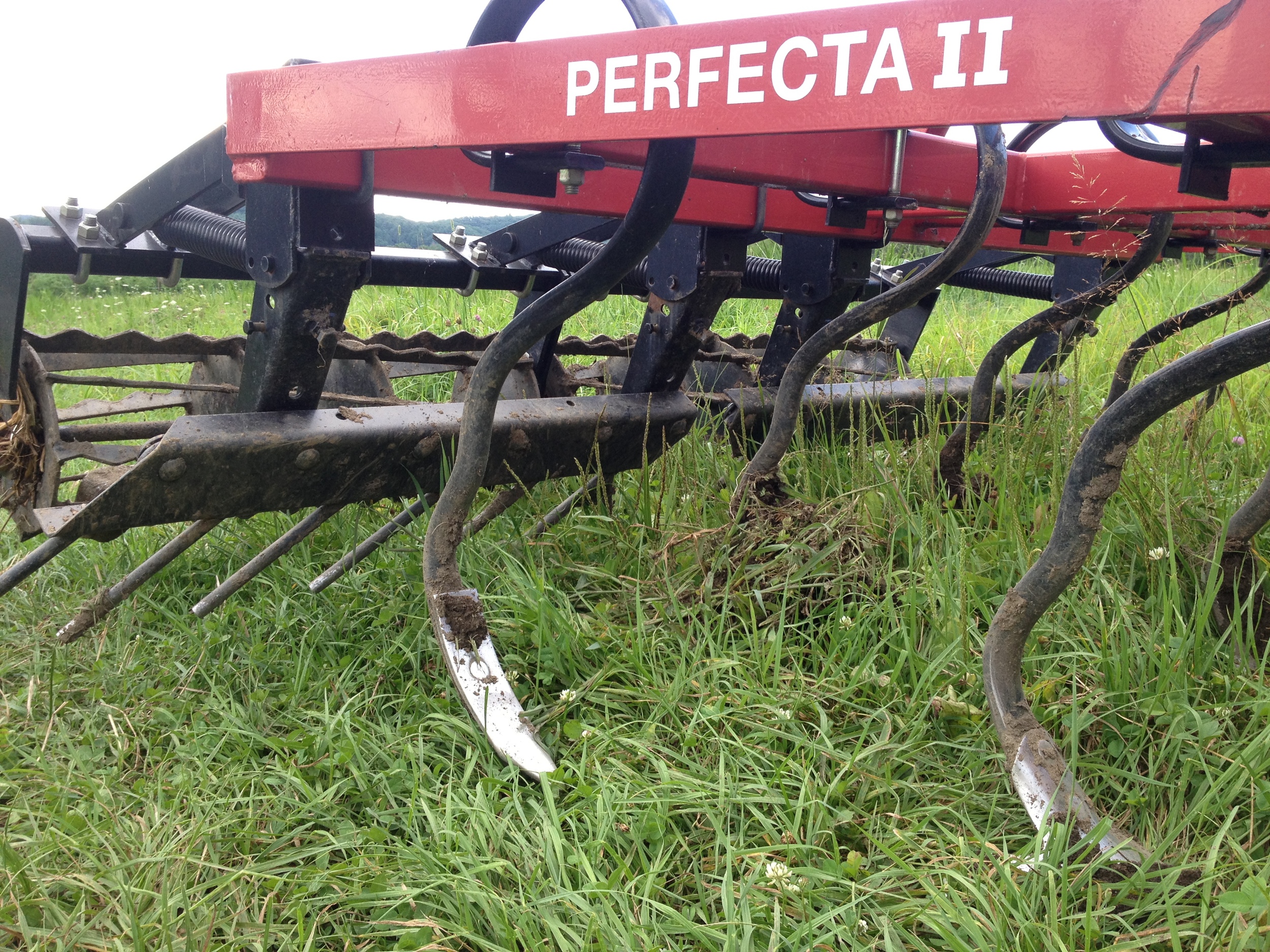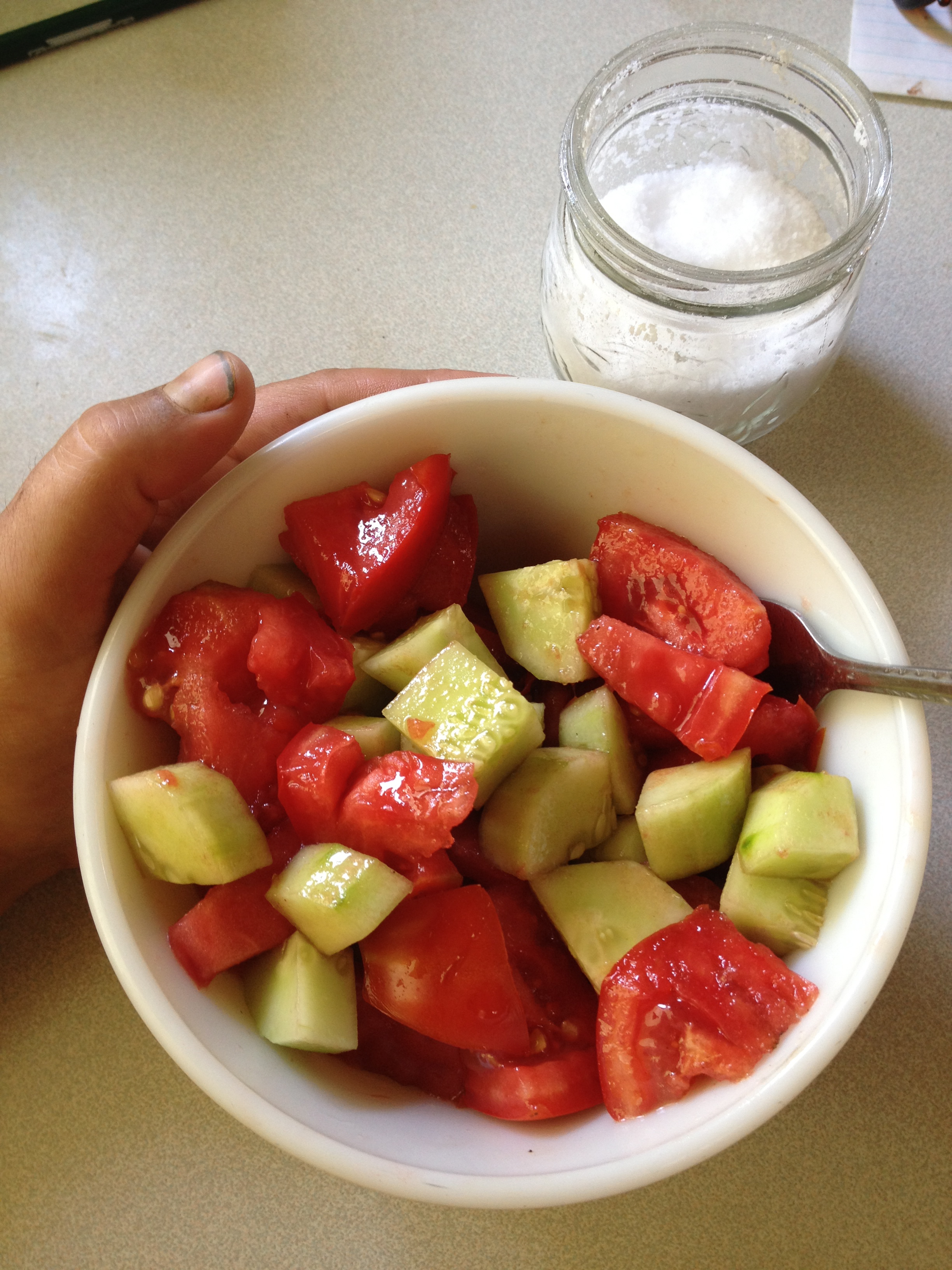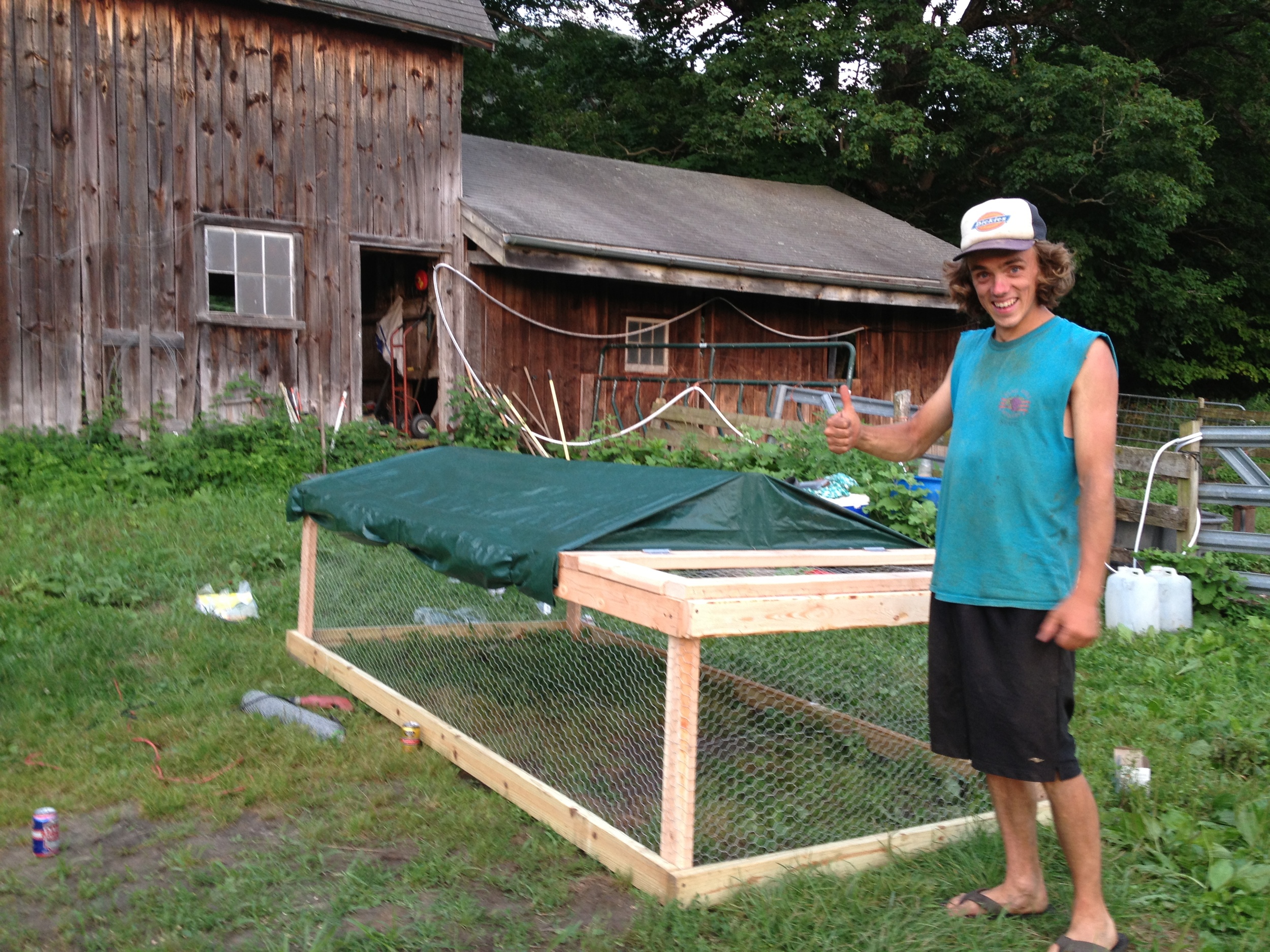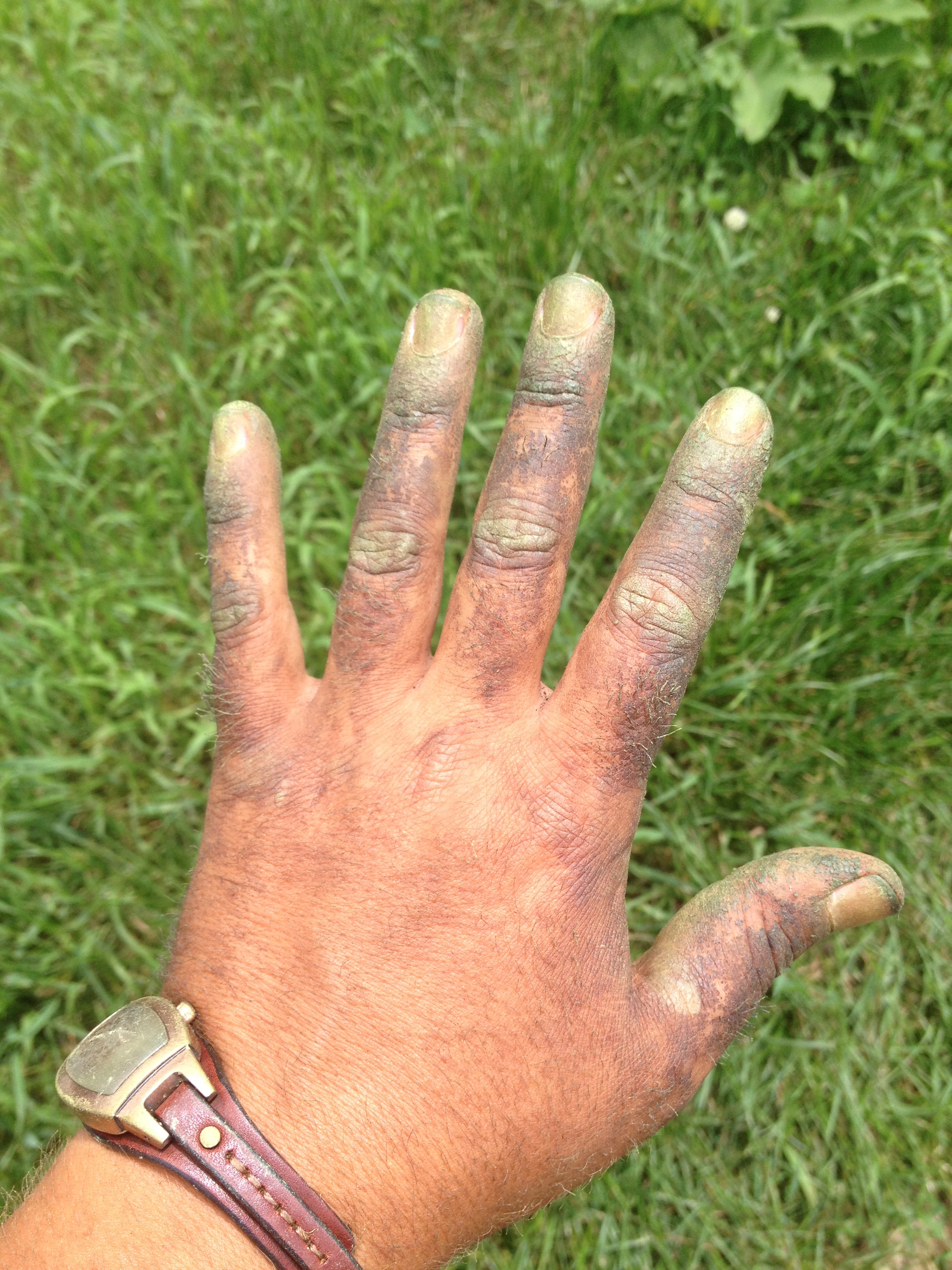It was a beautiful week here on the farm, with nights cold enough to snuggle deep under your covers, mornings cool enough for down vests, and days warming to the gradual shedding of layers. The crops, however, don't seem to have received the memo. Our harvests this week really scraped bottom; we cleared out the beet crop halfway through the week, and Friday's replacement was bunches of fennel that we cobbled from a crop we had written off because of all the weeds. Our greenhouse tomatoes are slow producers this year, and the outdoor crop, 400 plants instead of the normal 2000 planted late due to early season losses, have yet to show us a ripe red fruit. Even zucchini, a crop so prolific it's regarded as something even the faintest of green thumbs could manage, is barely producing this year. Our first planting was so swamped the plants never got big enough to really start producing. The second planting did noticeably better, with only about one third of the plants unhappily wet. Even with the weather as beautiful as it's been this week, we're still feeling the repercussions of an immoderate June. We harvested the onion this week as well, wind-rowing them on top of the black plastic rows to cure. When they're nice and dry, we'll load them into plastic bins and stack them in a nice dry place.
The most momentous event this week was the departure of two seasonal guests, Biscuit and Gravy. In other words, our pigs were slaughtered. Early Friday morning, we gathered by the pigs' enclosure with Joe, a man who has been performing this service all over the area since he was a young man. He used to keep animals himself, and he still makes and sells hay, but now he gets calls year round for his skills as a tidy dispatcher of farm animals medium, large, and extra-large (he's done buffalo!). We were his fifth appointment this week! When Joe does a slaughter on the farm, there's no stress about getting the animals packed in crates or trailers; he just goes right into the field with his gun and waits for the animal to come up to him before he shoots it squarely between the eyes. He bleeds it out with a cut to the neck right after the shot, then hoists the carcasses up on the tractor to move them to a more convenient place. He lays them on the ground to take off the head and feet and skin the underside of the animal. He then opens the cavity with a knife and then cuts the sternum with a bone-saw. He then hoists them up once again on the tractor, this time by the rear legs. In this position, he finishes skinning them, empties the body cavity, then fires up the bone saw again to complete the bisection. With that, we transfer them to the bed of a pickup truck lined with a plastic sheet for transport to the semi-local meat-locker, where they charge by the pound to process and freeze them in serving sizes. The meat will come back to the farm freezer next week for sale to the CSA members and our own consumption. I took one of the jowls to dry-cure into guanciale, and we're planning on slow-roasting a shoulder in a wood fire/coals for a get-together on Labor Day weekend. The bull is supposed to meet the same fate within a month or two, and I plan on more hands-on involvement with the slaughter process that time (minus the gun part at the beginning). Once again, I've come a long way from vegetarian in under five years
Thinking about: life cycles, temperate bike rides, flavor
Reading: Peter Mayle's A Year in Provence, Terry Ryan's The Prize-Winner of Defiance, Ohio, Willa Cather's My Antonia (again), The Best American Essays 2008
Eating: homemade Indian eggplant, lentils, and cucumber-yogurt sauce over basmati rice; roasted chicken with homemade bbq sauce; chicken salad on sourdough










